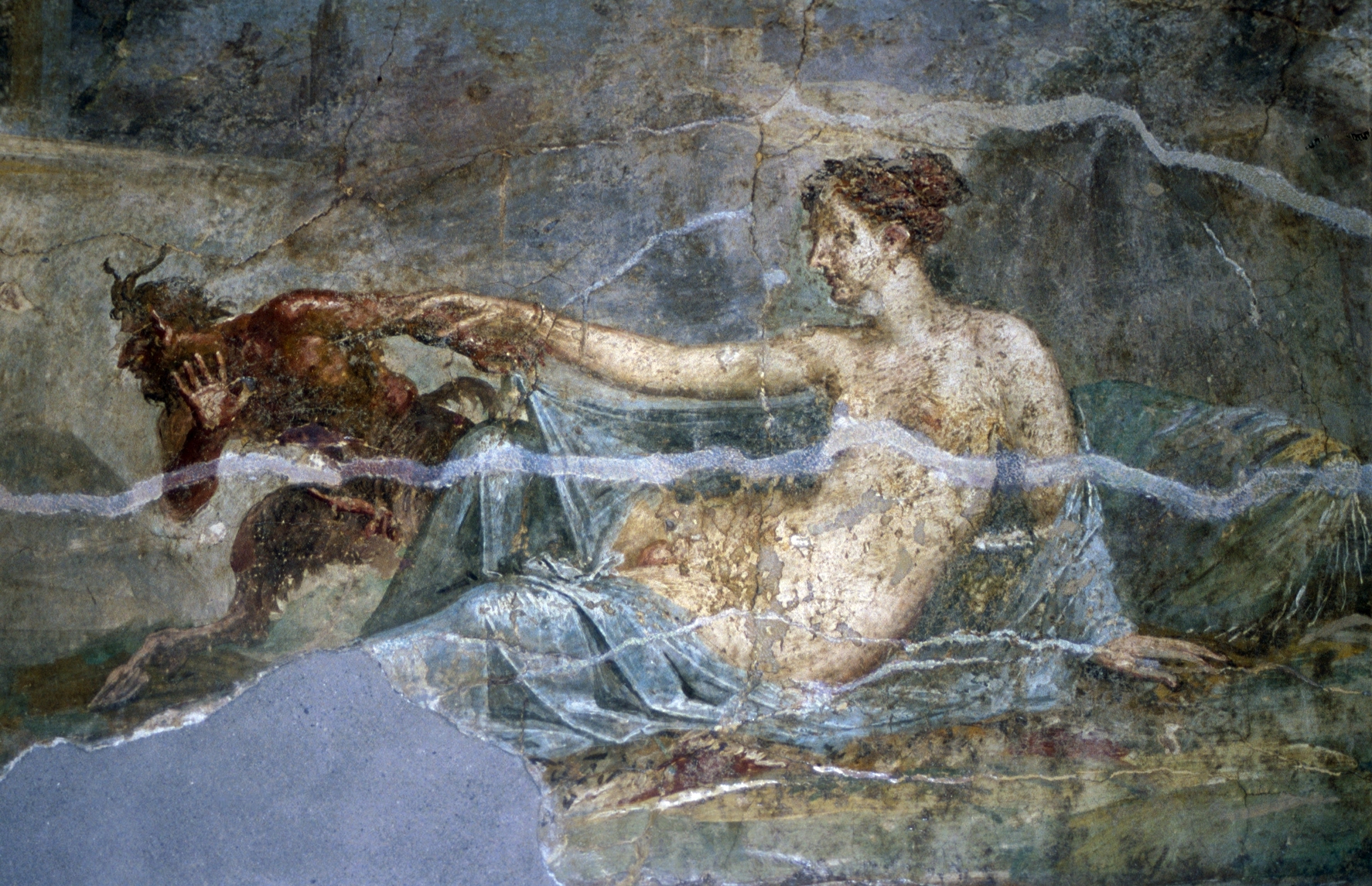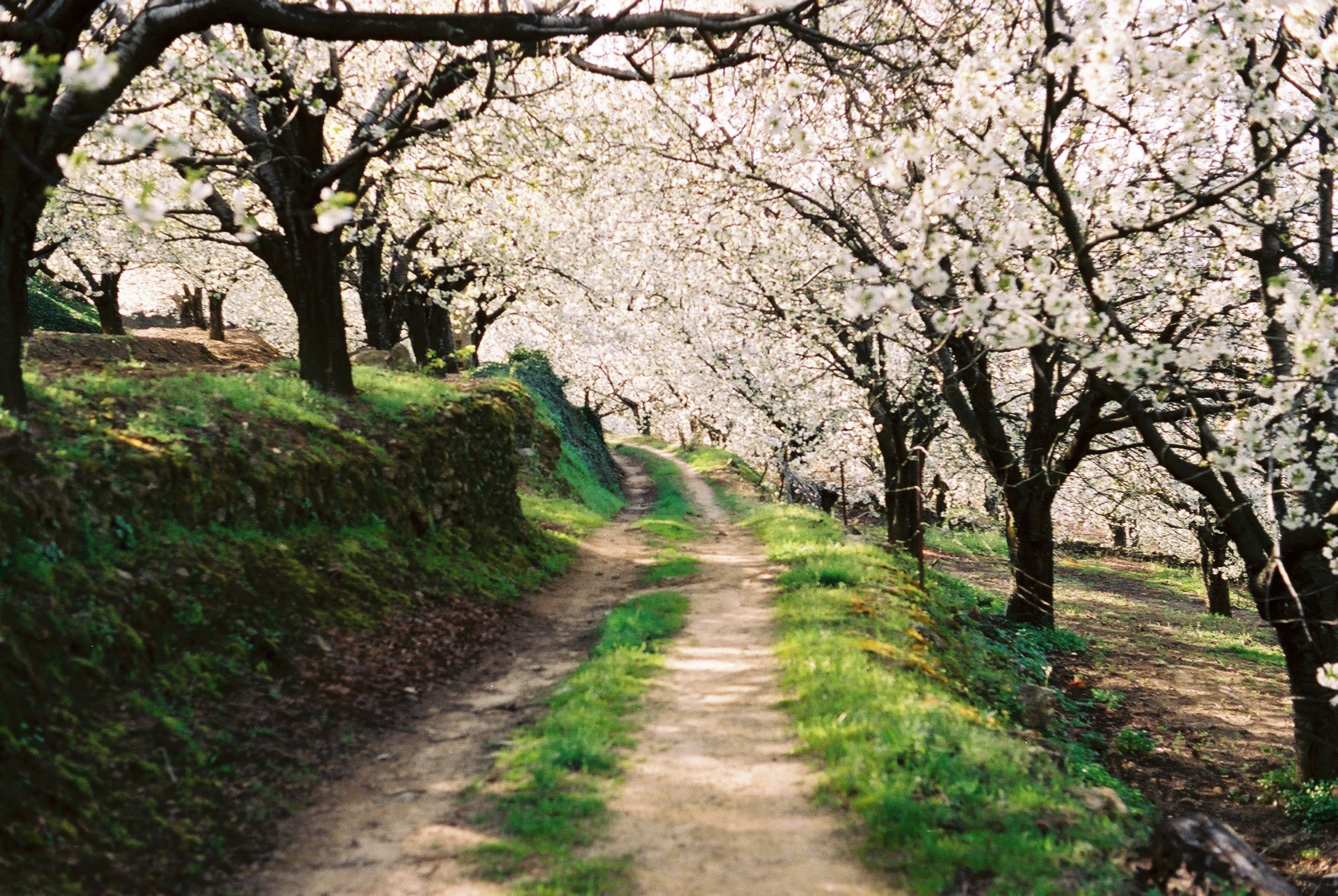|
Takam
Takam (Azerbaijani: تکم for "my billy goat") is the name of the king of goats, a male goat, in the folklore of Azarbaijan, Iran. ''Takam's'' effigies are made out of wood and ornamented with coloured glass beads and cock's tail feathers. A pole affixed to a ''Takam'' is passed through a hole in a plank which is held horizontally, from below which the ''Takam'' is moved as though it is dancing on the surface of the plank. While doing so, the person playing the ''Takam'', who is referred to as '' Takam-Chi'' (تکم چی), or ''Takam Gardān'' (meaning, the one who turns around the ''Takam''), chants special poetry which in Azari is called '' Sāyā'' (سایا). The tradition of playing the ''Takam'' is millennia old and invariably in all ''Sāyā''s reference is made to natural landscapes,Photographs showing some of Azarbaijan's beautiful landscapes: [...More Info...] [...Related Items...] OR: [Wikipedia] [Google] [Baidu] |
Takam-Chi
Takam-Chi (Azerbaijani: تکم چی), or Takam Gardān (meaning, the one who turns around the ''Takam''), is the person who plays the ''Takam''. Both ''Takam'' and ''Takam-Chi'' are Turkic-Azari words. ''Takam-Chi'' is also the name of a recent Iranian motion picture (2008), directed by Yadollah Samadi. The dialogues of this film are partly in Azerbaijani and partly in Persian Persian may refer to: * People and things from Iran, historically called ''Persia'' in the English language ** Persians, the majority ethnic group in Iran, not to be conflated with the Iranic peoples ** Persian language, an Iranian language of the .... References * The Anthropological Museum of the Tribes of Azarbaijan, SarābEnglish See also Azerbaijani music[...More Info...] [...Related Items...] OR: [Wikipedia] [Google] [Baidu] |
Saya (poem)
Sāyā ( fa, سایا) is the type of poem or song that a ''Takam-Chi'' chants while playing a ''Takam Takam (Azerbaijani: تکم for "my billy goat") is the name of the king of goats, a male goat, in the folklore of Azarbaijan, Iran. ''Takam's'' effigies are made out of wood and ornamented with coloured glass beads and cock's tail feathers. A pole ...''. The words ''Sāyā'', ''Takam'' and ''Takam-Chi'' are Azari words. References * The Anthropological Museum of the Tribes of Azarbaijan, SarābEnglish Persian poems {{Iran-stub ... [...More Info...] [...Related Items...] OR: [Wikipedia] [Google] [Baidu] |
Iranian Folklore
Iranian folklore encompasses the folk traditions that have evolved in Greater Iran. Oral legends Folktales Storytelling has an important presence in Iranian culture. In classical Iran, minstrels performed for their audiences at royal courts and in public theaters. A minstrel was referred to by the Parthians as in Parthian, and by the Sasanians as in Middle Persian. Since the time of the Safavid dynasty, storytellers and poetry readers appeared at coffeehouses. The following are a number of folktales known to the people of Iran. * ("Rolling Pumpkin") * ("Moon-brow") * ("Bitter Orange and Bergamot Orange") * ("Old Woman's Cold"), a period in the month of Esfand, at the end of winter, during which an old woman's flock is not impregnated. She goes to Moses and asks for an extension of the cold winter days, so that her flock might copulate. * ("Shangul and Mangul") * ("Auntie Cockroach") Below are a number of historical tale books that contain Iranian folktales. * ... [...More Info...] [...Related Items...] OR: [Wikipedia] [Google] [Baidu] |
Azerbaijani Language
Azerbaijani () or Azeri (), also referred to as Azeri Turkic or Azeri Turkish, is a Turkic language from the Oghuz sub-branch spoken primarily by the Azerbaijani people, who live mainly in the Republic of Azerbaijan where the North Azerbaijani variety is spoken, and in the Azerbaijan region of Iran, where the South Azerbaijani variety is spoken. Although there is a very high degree of mutual intelligibility between both forms of Azerbaijani, there are significant differences in phonology, lexicon, morphology, syntax, and sources of loanwords. North Azerbaijani has official status in the Republic of Azerbaijan and Dagestan (a federal subject of Russia), but South Azerbaijani does not have official status in Iran, where the majority of Azerbaijani people live. It is also spoken to lesser varying degrees in Azerbaijani communities of Georgia and Turkey and by diaspora communities, primarily in Europe and North America. Both Azerbaijani varieties are members of the Ogh ... [...More Info...] [...Related Items...] OR: [Wikipedia] [Google] [Baidu] |
Pan (mythology)
In ancient Greek religion and Greek mythology, mythology, Pan (; grc, wikt:Πάν, Πάν, Pán) is the god of the wild, shepherds and flocks, Pastoral#Pastoral music, rustic music and impromptus, and companion of the nymphs. He has the hindquarters, legs, and horns of a goat, in the same manner as a faun or satyr. With his homeland in rustic Arcadia (ancient region), Arcadia, he is also recognized as the god of fields, groves, wooded glens, and often affiliated with sex; because of this, Pan is connected to fertility and the season of spring. In Religion in ancient Rome, Roman religion and myth, Pan's counterpart was Faunus, a nature god who was the father of Bona Dea, sometimes identified as Fauna (goddess), Fauna; he was also closely associated with Silvanus (mythology), Sylvanus, due to their similar relationships with woodlands. In the 18th and 19th centuries, Pan became a significant figure in Romanticism, the Romantic movement of western Europe and also in the 20th-centu ... [...More Info...] [...Related Items...] OR: [Wikipedia] [Google] [Baidu] |
Iranian Legendary Creatures
Iranian may refer to: * Iran, a sovereign state * Iranian peoples, the speakers of the Iranian languages. The term Iranic peoples is also used for this term to distinguish the pan ethnic term from Iranian, used for the people of Iran * Iranian languages, a branch of the Indo-Iranian languages * Iranian diaspora, Iranian people living outside Iran * Iranian architecture, architecture of Iran and parts of the rest of West Asia * Iranian foods, list of Iranian foods and dishes * Iranian.com Iranian.com is a website of syndicated Iranian-related news. The website has changed ownership over time, and promotes Palestinian rights advocacy and anti-regime change advocacy. When Javid, the original owner, started the website in 1995, he ..., also known as ''The Iranian'' and ''The Iranian Times'' See also * Persian (other) * Iranians (other) * Languages of Iran * Ethnicities in Iran * Demographics of Iran * Indo-Iranian languages * Irani (other) ... [...More Info...] [...Related Items...] OR: [Wikipedia] [Google] [Baidu] |
Azerbaijani Folklore
Azerbaijani folklore (Azerbaijani: Azərbaycan folkloru) is the folk tradition of Azerbaijani people which has developed throughout the centuries. Azerbaijani folklore is embodied explicitly in a large collection of narratives and implicitly in representational arts, such as vase painting and votive gifts. Sources of Azerbaijani folklore National Azerbaijani folklore samples followed by eposes such as Kitabi-Dede Gorgud, Gurbani, Koroglu, Shah Ismayil, Abbas and Gulgaz and Asli and Kerem, tales, bayatys, holavars, lullabies, anecdotes, riddles, proverbs and aphorisms. Azerbaijani myths are mainly based on the heroism and wisdom of a human being, which is demonstrated in epics such as Epic of Köroğlu, Book of Dede Korkut and ''Əsli və Kərəm''. Koroǧlu The story of Koroǧlu (lit. 'son of the blind') begins with his father's loss of sight. The feudal lord Hasan Khan blinds his stable manager Ali Kişi for a trivial offense by plucking out his eyes. . Köroǧlu character is ... [...More Info...] [...Related Items...] OR: [Wikipedia] [Google] [Baidu] |
Mythological Caprids
Myth is a folklore genre consisting of narratives that play a fundamental role in a society, such as foundational tales or origin myths. Since "myth" is widely used to imply that a story is not objectively true, the identification of a narrative as a myth can be highly controversial. Many adherents of religions view their own religions' stories as truth and so object to their characterization as myth, the way they see the stories of other religions. As such, some scholars label all religious narratives "myths" for practical reasons, such as to avoid depreciating any one tradition because cultures interpret each other differently relative to one another. Other scholars avoid using the term "myth" altogether and instead use different terms like "sacred history", "holy story", or simply "history" to avoid placing pejorative overtones on any sacred narrative. Myths are often endorsed by secular and religious authorities and are closely linked to religion or spirituality. Many soc ... [...More Info...] [...Related Items...] OR: [Wikipedia] [Google] [Baidu] |
Greek Mythology
A major branch of classical mythology, Greek mythology is the body of myths originally told by the ancient Greeks, and a genre of Ancient Greek folklore. These stories concern the origin and nature of the world, the lives and activities of deities, heroes, and mythological creatures, and the origins and significance of the ancient Greeks' own cult and ritual practices. Modern scholars study the myths to shed light on the religious and political institutions of ancient Greece, and to better understand the nature of myth-making itself. The Greek myths were initially propagated in an oral-poetic tradition most likely by Minoan and Mycenaean singers starting in the 18th century BC; eventually the myths of the heroes of the Trojan War and its aftermath became part of the oral tradition of Homer's epic poems, the '' Iliad'' and the '' Odyssey''. Two poems by Homer's near contemporary Hesiod, the '' Theogony'' and the '' Works and Days'', contain accounts of the genes ... [...More Info...] [...Related Items...] OR: [Wikipedia] [Google] [Baidu] |
Ardebil
Ardabil (, fa, اردبیل, Ardabīl or ''Ardebīl'') is a city in northwestern Iran, and the capital of Ardabil Province. As of the 2022 census, Ardabil's population was 588,000. The dominant majority in the city are ethnic Iranian Azerbaijanis and the primary language of the people is Azerbaijani. Ardabil is known for its trade in silk and carpets. Ardabil rugs are renowned and the ancient Ardabil carpets are considered among the best of classical Persian carpets. Ardabil is also home to a World Heritage Site, the Ardabil Shrine, the sanctuary and tomb of Shaikh Safî ad-Dîn, eponymous founder of the Safavid dynasty. The population of Ardabil is about 650,000 with the majority of them being Shia Muslims. Etymology The name Ardabil comes from the Avestan ''artavil'' or ''artawila'' which means "holy place". Location Ardabil is located on the Baliqly Chay River, about from the Caspian Sea, and from the city of Tabriz. It has an average altitude of and total area ... [...More Info...] [...Related Items...] OR: [Wikipedia] [Google] [Baidu] |
Spring (season)
Spring, also known as springtime, is one of the four temperate In geography, the temperate climates of Earth occur in the middle latitudes (23.5° to 66.5° N/S of Equator), which span between the tropics and the polar regions of Earth. These zones generally have wider temperature ranges throughout t ... seasons, succeeding winter and preceding summer. There are various technical definitions of spring, but local usage of the term varies according to local climate, cultures and customs. When it is spring in the Northern Hemisphere, it is autumn in the Southern Hemisphere and vice versa. At the spring (or vernal) equinox, Daytime (astronomy), days and nights are approximately twelve hours long, with daytime length increasing and nighttime length decreasing as the season progresses until the Summer Solstice in June (Northern Hemisphere) and December (Southern Hemisphere). Spring and "springtime" refer to the season, and also to ideas of rebirth, rejuvenation, renewal, ... [...More Info...] [...Related Items...] OR: [Wikipedia] [Google] [Baidu] |







